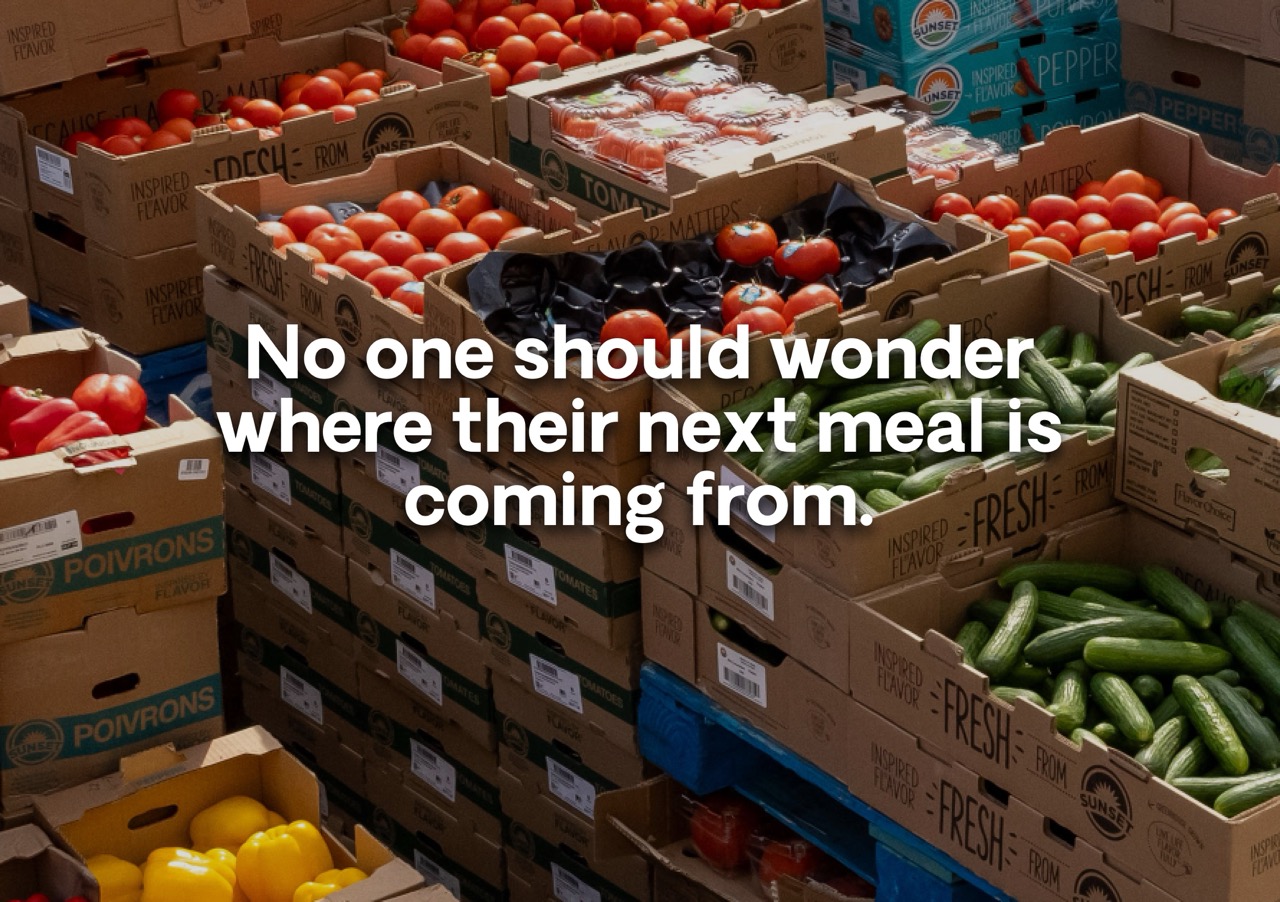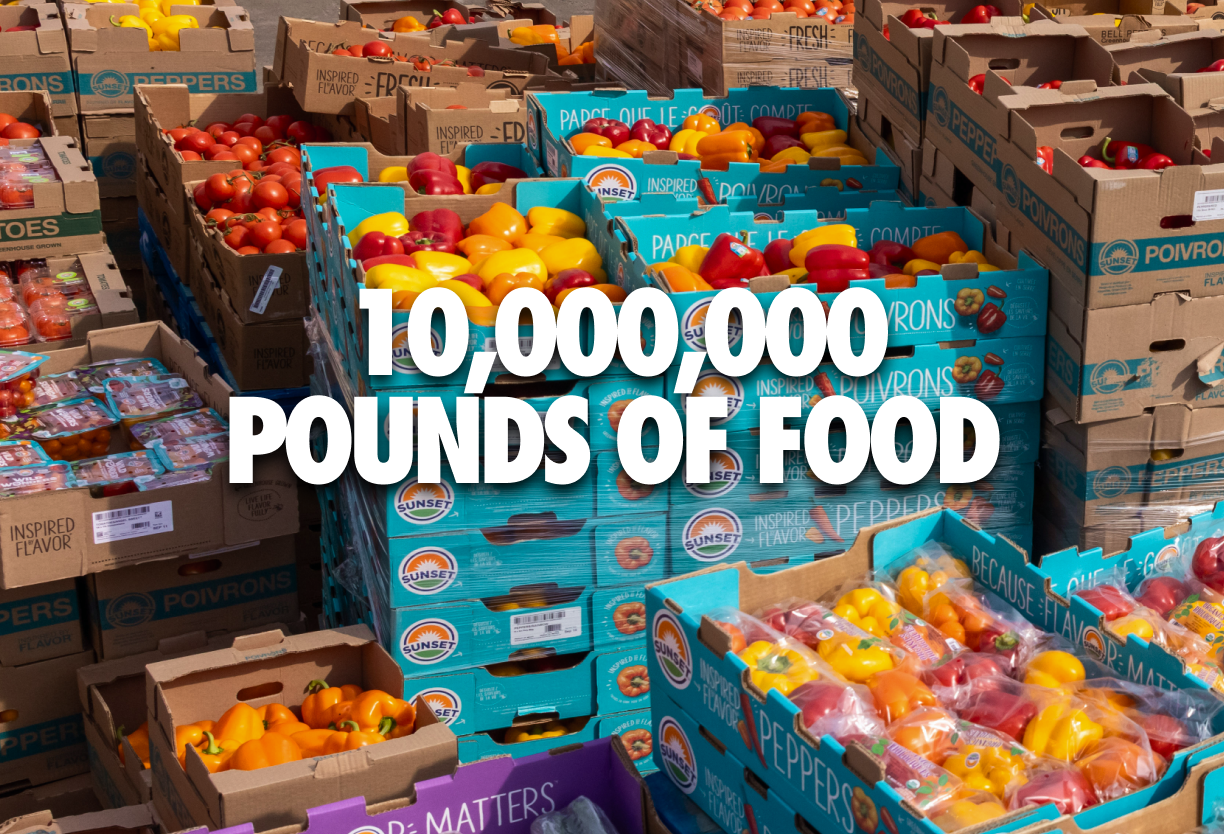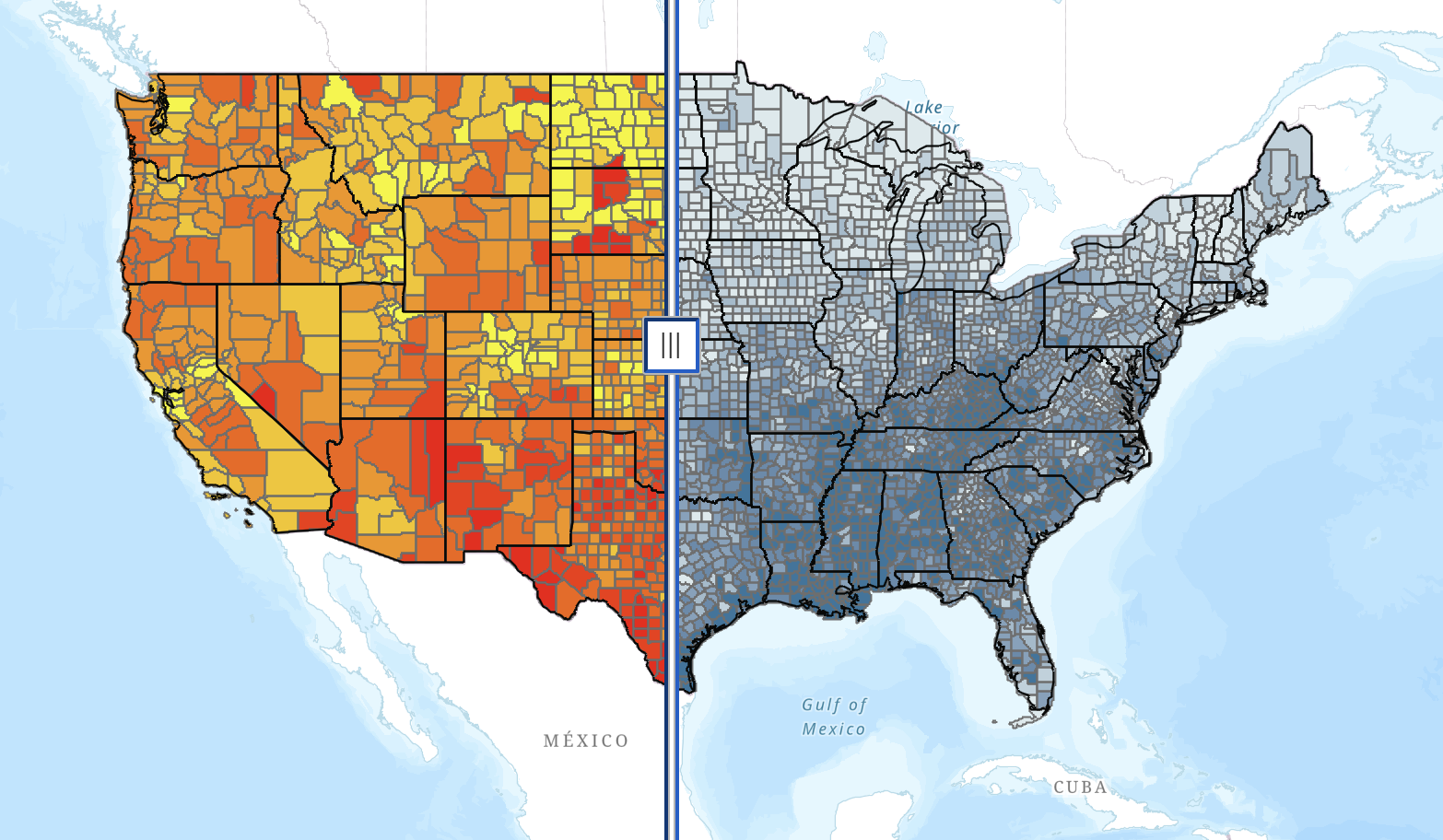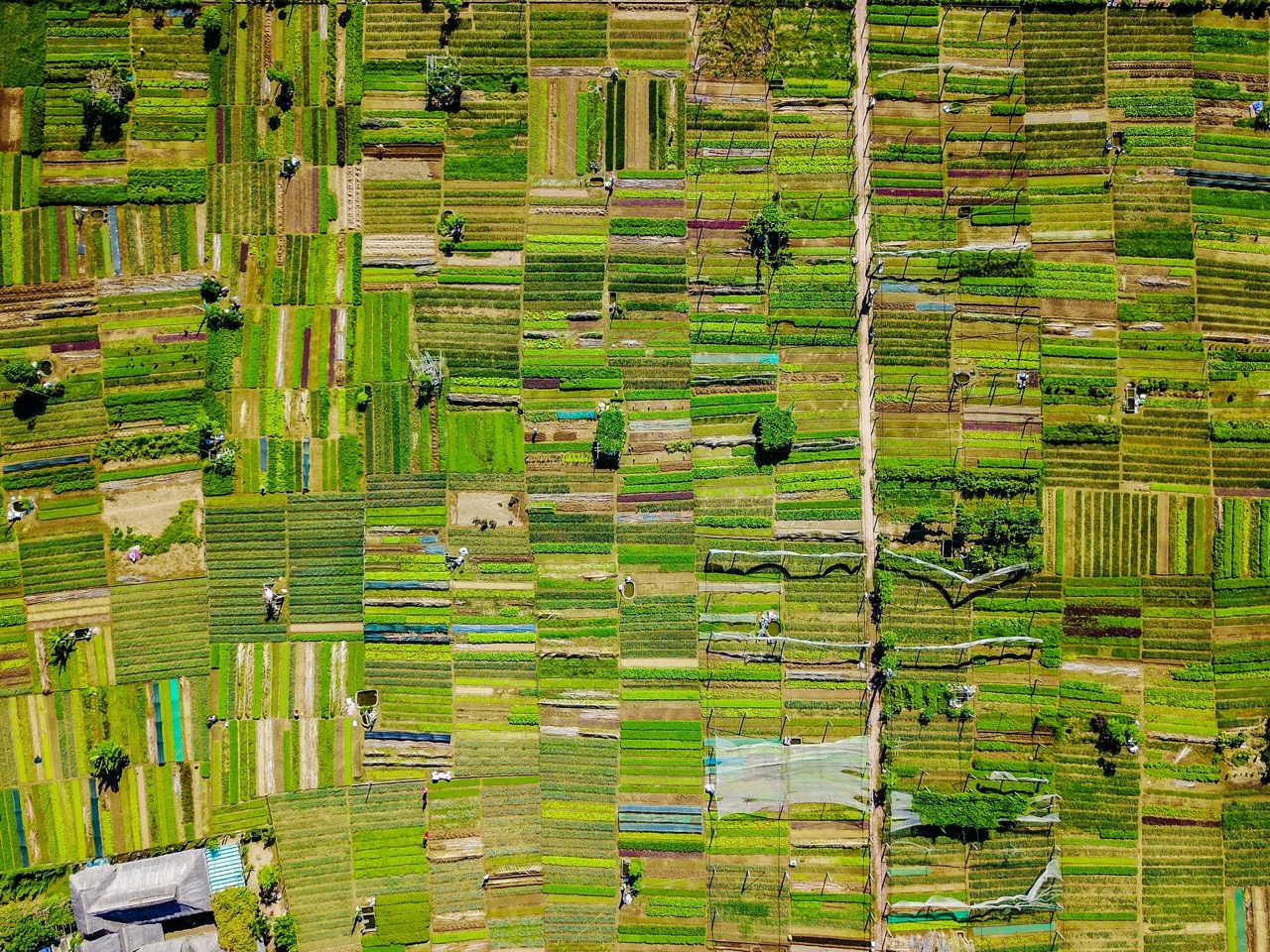Ingredients
8 medium Russet potatoes, peeled (about 4 pounds)
1 large onion, peeled
2 large eggs, beaten
1 teaspoon salt
1/4 teaspoon pepper
1/2 teaspoon baking powder
2 tablespoons flour (preferably potato four)
Vegetable oil for frying
Directions
Serve these delicious potato latkes with chilled applesauce or sour cream—or both!
Peel the potatoes and keep them in cold water until ready to prepare the latkes.
Starting with potatoes, alternately grate some of the potatoes and some of the onions. Place in a colander to drain. (Alternatively, you can squeeze one handful at a time in a towel until as dry as possible.) Place into a large mixing bowl.
In a small bowl, beat the eggs and add the salt, pepper, baking powder and flour. Blend well. Add to the potatoes and onions and mix well.
Heat 1 inch of oil in a large frying pan over moderate to high heat. When the oil is hot enough to cause a droplet of water to sizzle and evaporate instantly, place 3 tablespoons of the potato mixture into the pan and flatten evenly. Do not allow the latkes to touch.
Cook until the latke is deeply golden brown on the bottom with crisp edges, about 3 minutes. Carefully turn over and fry on the other side until crisp and golden brown.
Drain the latkes on paper towels. Fry the remaining latkes in the same manner, adding more oil as needed.
< Back
Ingredients
8 medium Russet potatoes, peeled (about 4 pounds)
1 large onion, peeled
2 large eggs, beaten
1 teaspoon salt
1/4 teaspoon pepper
1/2 teaspoon baking powder
2 tablespoons flour (preferably potato four)
Vegetable oil for frying
Directions
Serve these delicious potato latkes with chilled applesauce or sour cream—or both!
Peel the potatoes and keep them in cold water until ready to prepare the latkes.
Starting with potatoes, alternately grate some of the potatoes and some of the onions. Place in a colander to drain. (Alternatively, you can squeeze one handful at a time in a towel until as dry as possible.) Place into a large mixing bowl.
In a small bowl, beat the eggs and add the salt, pepper, baking powder and flour. Blend well. Add to the potatoes and onions and mix well.
Heat 1 inch of oil in a large frying pan over moderate to high heat. When the oil is hot enough to cause a droplet of water to sizzle and evaporate instantly, place 3 tablespoons of the potato mixture into the pan and flatten evenly. Do not allow the latkes to touch.
Cook until the latke is deeply golden brown on the bottom with crisp edges, about 3 minutes. Carefully turn over and fry on the other side until crisp and golden brown.
Drain the latkes on paper towels. Fry the remaining latkes in the same manner, adding more oil as needed.
Potato Latkes
Ingredients
8 medium Russet potatoes, peeled (about 4 pounds)
1 large onion, peeled
2 large eggs, beaten
1 teaspoon salt
1/4 teaspoon pepper
1/2 teaspoon baking powder
2 tablespoons flour (preferably potato four)
Vegetable oil for frying
Directions
Serve these delicious potato latkes with chilled applesauce or sour cream—or both!
Peel the potatoes and keep them in cold water until ready to prepare the latkes.
Starting with potatoes, alternately grate some of the potatoes and some of the onions. Place in a colander to drain. (Alternatively, you can squeeze one handful at a time in a towel until as dry as possible.) Place into a large mixing bowl.
In a small bowl, beat the eggs and add the salt, pepper, baking powder and flour. Blend well. Add to the potatoes and onions and mix well.
Heat 1 inch of oil in a large frying pan over moderate to high heat. When the oil is hot enough to cause a droplet of water to sizzle and evaporate instantly, place 3 tablespoons of the potato mixture into the pan and flatten evenly. Do not allow the latkes to touch.
Cook until the latke is deeply golden brown on the bottom with crisp edges, about 3 minutes. Carefully turn over and fry on the other side until crisp and golden brown.
Drain the latkes on paper towels. Fry the remaining latkes in the same manner, adding more oil as needed.
.png)











.svg)
.svg)
.svg)